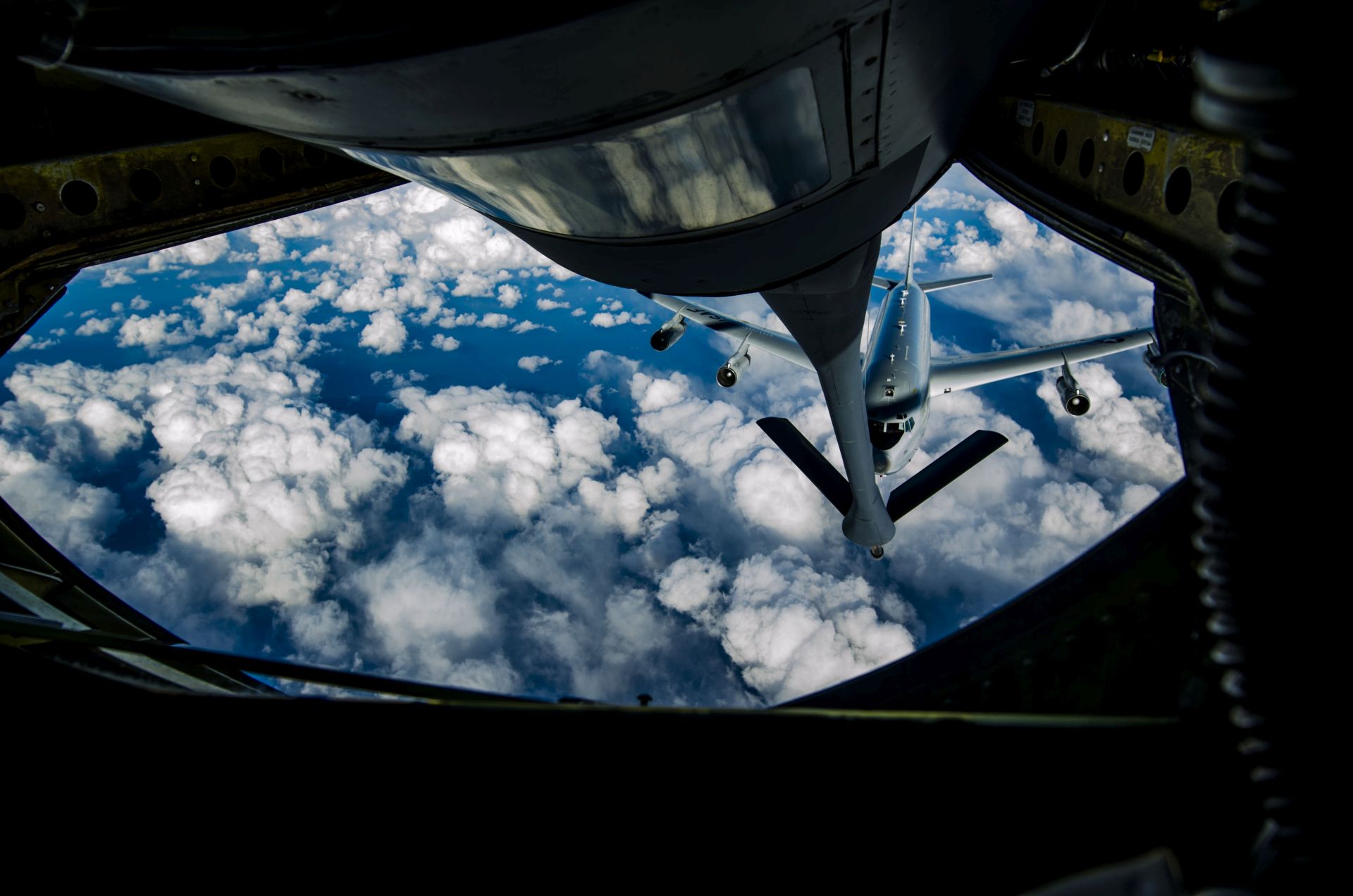The Defense Department is seeking novel ideas to shape its future, and officials are looking to industry, small business, academia, start-ups, the public –- anyone, really –- to boost its ability to prevail against adversaries whose access to technology grows daily.
The program, called the Long-Range Research and Development Plan, or LRRDP, began with an Oct. 29 memo by DoD acquisition chief Frank Kendall.
The memo said the LRRDP will identify high-payoff enabling technology investments that could help shape future U.S. materiel investments and the trajectory of future competition for technical superiority. The plan will focus on technology that can be moved into development programs within the next five years.
Full and Immediate Support
“This effort is of the highest priority and requires full and immediate support from across the department,” Kendall wrote.
On Jan. 28, the department published a request for information, seeking to identify current and emerging technologies or projections of technology-enabled concepts that “could provide significant military advantage to the United States and its partners and allies in the 2030 timeframe.”
During a recent media roundtable here, LRRDP program lead Stephen P. Welby, deputy assistant secretary of defense for systems engineering, said the RFI deadline has twice been extended, and that more than 300 responses have come in.
“We have gotten some very talented folks replying to the RFI,” Welby said. Ideas are coming from small businesses, from traditional defense sources, and “some from surprising places we hadn’t thought might respond,” Welby said. “And that’s exactly what we’re hoping to get from this,” he added.
Defense Innovation Initiative
The LRRDP is part of the larger Defense Innovation Initiative, an effort to harness the brightest minds and cutting-edge technology to accelerate the way the department innovates and operates.
Deputy Defense Secretary Bob Work is managing and integrating the initiative’s five technology areas, one of which is the LRRDP. In a summer meeting, Welby said, Work “introduced and drew out a historical analogy to where we are today.”
In 1973, the nation was moving out of the Vietnam War, where the military had been focused on counterinsurgency. Budgets were declining. And the Soviets, among other things, gradually had begun to build up their strategic nuclear forces, Work said during a January speech.
In the summer of 1973, with the dangers of nuclear escalation growing, what would later become the Defense Advanced Research Projects Agency, or DARPA, launched the first LRRDP program to give the president and the joint force better tools for responding to a Warsaw Pact attack, the deputy secretary said.
The group recommended going after conventional weapons with near-zero miss capability — “a very simple idea that had profound implications throughout the entire defense program,” he added.
In 1977, the DoD leadership directed DARPA to integrate all of the promising military technologies into a system of systems for deep attack. The program, Assault Breaker, called for aircraft with light-area-sensor cueing and surface-to-surface ballistic missiles that could dispense a blanket of anti-armor submunitions.
Picking a Competitive Advantage
Assault Breaker demonstrated its capabilities in 1982 at the White Sands Missile Range in New Mexico, and Work said the Soviets were watching.
“The implications of that single demonstration … really caused them to pause,” he added.
Ultimately, Assault Breaker led to development of the Air Force’s 17 E-8 Joint Surveillance Target and Attack Radar System, or JSTARS, aircraft, its air-to-ground BLU-108 sensor-fuzed weapon with terminally guided submunitions, and the long-range, surface-to-surface Army Tactical Missile System called ATACMS.
“We had picked a competitive advantage that we knew our adversary, the Soviets, could not duplicate and therefore injected uncertainty in their minds, changing their war-fighting calculus,” Work explained.
The joint force took over Assault Breaker, the deputy secretary said, “and we continued to build [the advanced capability] even in an era of declining budgets, starting in 1985.”
Demonstrating the Capability
U.S. forces demonstrated the capability, including that of the E-8C JSTARS side-looking airborne radar system with moving target indication, to the rest of the world in 1990 and 1991. This was during Operation Desert Storm, Work said, “when the Iraqi heavy formations built on the Soviet model were virtually reduced to an array of targets.”
Forty-two years after the plan’s inception, the second iteration of LRRDP is still accepting idea submissions, Welby said, noting that the LRRDP program page at the department’s Innovation Marketplace website features a conspicuously placed green box that says, “Share your ideas.”
Submissions should focus on technology-enabled capabilities that could to enter formal development in the next five to 10 years, the RFI says, offering military advantage during the 2025 to 2030 timeframe.
The LRRDP is looking for relatively mature technologies that can be applied in novel ways for a new kind of system capability, emerging technologies that can quickly be turned to new military capabilities, or technologies for nondefense applications that can offer new military capabilities.
Technology Priorities
Five technology priority areas include space, undersea technology, air dominance and strike, air and missile defense, and other technology-driven concepts.
When program officials find an idea interesting, one of five teams will be sent to speak with the submitting person or company, Welby said, adding that in mid-summer, the best ideas will be shared with Defense Secretary Ash Carter.
“The customer for this is the leadership of the department,” he said, “to help them think through the future and think differently about what the world’s going to look like.”










